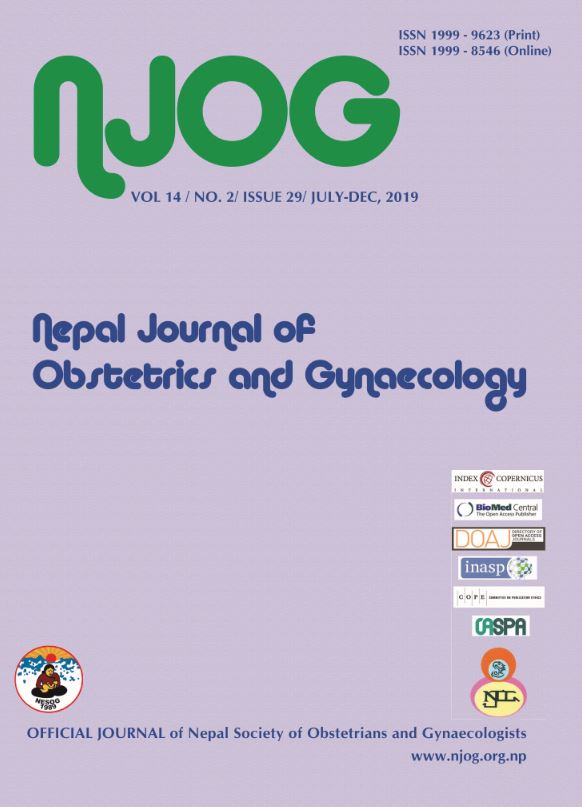Pelvic Organ Prolapse in Countries of Different Economy: A Systematic Review
Keywords:
pelvic organ prolapse, prevalence, risk factors, systematic reviewAbstract
Aims: This review was done to identify the reported prevalence rate of pelvic organ prolapse among the different world populations.
Methods: Systematic review of Pelvic Organ Prolapse (POP) using the PRISMA checklist; PubMed database was searched on reportingthe prevalence of POP and its management measures in January 2020. Medical Subject Headings (MeSH) like "Pelvic Organ Prolapse"OR "Uterine Prolapse" OR “Vaginal Wall Prolapse” OR "Cystocele"AND "Prevalence [key word/s]" were used. Additional articles were identified through the reference list of the retrieved articles.
Results: Out of 91 screened articles, 46 full articles were eligible and only 15 satisfied by selection criteria for the systematic review.The methodological score rated for the quality of studies is 4.5±1.7 (range=2-7) out of 8 points. The mean prevalence of POP diagnosis was 40%; with 42.44% in low and lower-middle-income countries,and 35.56%in upper-middle and high-income countries. Increasing age and parity, body mass indexand fetal macrosomia were found to be the significant risk factors irrespective of the country’s economy.
Conclusions:The low and lower-income countries have almost twice the burden of prolapse than the countries of the higher economy. The major risk factors associated with prolapse remain common in all countries irrespective of national income or development.
Downloads
Downloads
Published
How to Cite
Issue
Section
License
Copyright on any research article in the Nepal Journal of Obstetrics and Gynaecology is retained by the author(s).
The authors grant the Nepal Journal of Obstetrics and Gynaecology a license to publish the article and identify itself as the original publisher.
Articles in the Nepal Journal of Obstetrics and Gynaecology are Open Access articles published under the Creative Commons CC BY-NC License (https://creativecommons.org/licenses/by-nc/4.0/)
This license permits use, distribution and reproduction in any medium, provided the original work is properly cited, and it is not used for commercial purposes.



